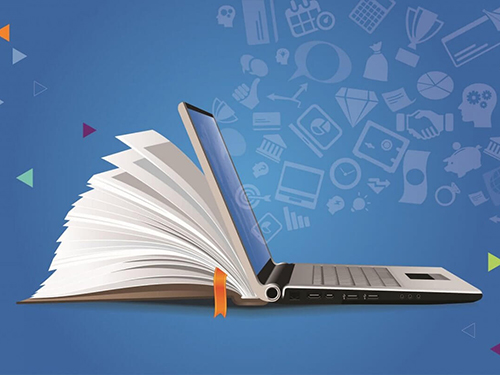
07 November – Osman Bedel –
Information and Communication Technology (ICT) has revolutionized the way education is delivered, making learning more interactive and engaging for students. In this CPD blog post, we will explore the benefits of ICT in education and how it can be effectively integrated into the classroom.
Benefits of ICT in Education
- Increased Engagement: ICT tools such as interactive whiteboards, educational apps, and videos can capture students’ attention and keep them engaged in the learning process.
- Personalized Learning: ICT allows teachers to tailor learning to individual student needs by providing different levels of content and interactive activities.
- Real-World Application: ICT can help bridge the gap between classroom learning and real-world application by providing simulations, virtual field trips, and other interactive experiences.
- Improved Collaboration: ICT tools such as Google Docs and video conferencing can facilitate collaboration among students and teachers, making learning a more social experience.
- Accessibility: ICT tools can improve accessibility for students with disabilities, allowing them to participate more fully in the classroom.
Effective Integration of ICT in Education
- Professional Development: Teachers need to be trained on how to use ICT tools effectively to enhance student learning. Professional development should be ongoing and focus on the latest technologies.
- Curriculum Alignment: ICT tools should be used to support the curriculum and learning objectives rather than as a standalone activity. Teachers should ensure that the use of ICT is relevant and aligned with the learning outcomes.
- Student-Centered Learning: ICT tools should be used to facilitate student-centered learning, where students take an active role in the learning process.
- Collaboration: ICT tools should be used to facilitate collaboration among students and teachers, allowing for shared learning experiences.
- Assessment: ICT tools can be used to enhance assessment by providing real-time feedback and allowing for formative assessment.
Conclusion
ICT has the potential to transform education by increasing engagement, personalizing learning, facilitating collaboration, improving accessibility, and providing real-world application. Effective integration of ICT in education requires professional development, curriculum alignment, student-centered learning, collaboration, and assessment. As educators, it is important to embrace the use of ICT tools and stay up-to-date with the latest technologies to enhance student learning and prepare students for the 21st century.






